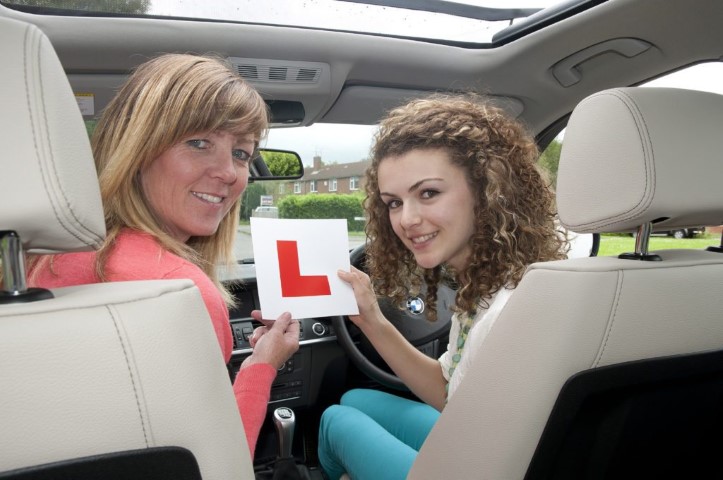 Learning to drive tends to be exciting and intimidating in equal measures. Particularly if this is to be your first time at the controls of a motor vehicle, you’ll probably have any number of questions and concerns swirling around in your head.
Learning to drive tends to be exciting and intimidating in equal measures. Particularly if this is to be your first time at the controls of a motor vehicle, you’ll probably have any number of questions and concerns swirling around in your head.
With this in mind, what follows is a brief overview of several important points to consider before starting your driving lesson, which could help make the whole thing more fun than foreboding:
- How Much You Can Expect to Pay
On average, it takes approximately 47 hours of lessons for a new driver to pass their practical test and receive their licence. However, intensive driving lessons (or booking a bigger block of lessons in advance) often works out significantly cheaper. As do specialist student driving lesson, as preferential rates are often available for the youngest learners.
- Manual vs. Automatic
Contrary to popular belief, neither of these two options is necessarily ‘better’ than the other. If you have no intention of driving anything other than an automatic vehicle in the future, you may find automatic driving lessons easier than a traditional manual course. Speak to your driving school directly to discuss the pros and cons of manual vs. automatic driving tuition.
- Research and Mock Tests
Aside from the practical side of things, you can prepare yourself for pretty much everything to come in advance of even your first driving lesson. From software suites to online courses to video tutorials and mock tests, there’s a ton of resources that can help you get ahead before getting started. Many of which are 100% free of charge.
- Choosing the Right Driving School
By no stretch of the imagination are all driving schools in the UK operating at the same high quality standard. Choosing the right driving school means carrying out as much research as necessary to ensure they’re up to scratch. Past customer reviews and recommendations go a long way when sifting through the options.
- Additional Practice Where Possible
One of the best ways of fast-tracking your driver tuition is to get yourself in a vehicle and practice as much as possible, with an appropriate full-license-holder in the passenger seat. Aside from the insurance costs…which can be quite excessive…this opens the door to as much ‘free’ additional practice as possible between your formal driving lessons with a driving school.
- Public vs. Private Practice
Last up, logic would suggest that practicing as much as possible in quiet (or private) areas where there’s little to no traffic is the way to go. In reality, experts across the board advise minimising the amount of time you spend in quiet car parks and similar spaces. This is because they do not provide an accurate or particularly useful replication of real driving conditions, so it’s important to spend as much time driving on public roads as possible.










